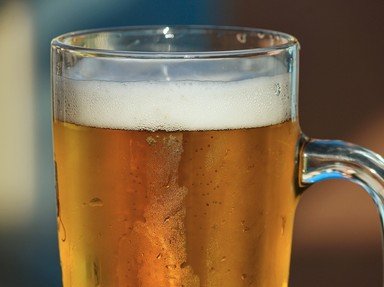Quiz Answer Key and Fun Facts
1. Such was the importance that beer played in the lives of people throughout the ages that laws for its manufacturing and distribution were even included in which famous set of ancient laws?
2. The Romans took the art of beer making to Europe in the year 179 CE. Which once independent Northern European country refined that beer making process over a thousand years later by regulating beer's ingredients?
3. In 1572, which English monarch banned the brewing of a drink known as Double Double Beer?
4. Drinking water in England's Middle Ages was a risky business because of the pollutants it carried. What was the name of the beer that people of all ages regularly consumed instead?
5. The 1810 wedding of King Ludwig I of Bavaria to Teresa of Saxe-Hildburghausen ushered in the beginning of which famous annual festival?
6. There are many patron saints of beer. Can you pick the patron saint of brewers from the choices below?
7. Dating right back to ye days of yore, what name was given to a woman who brewed beer for a living?
8. During WWII, in an attempt to offer freshly brewed beer to allied troops in the Pacific, what weapon of war was turned into a transportable brewery?
9. Which beer related products did astronaut Bill Readdy take into space with him on his epic multi globe circling mission in 1992?
10. Nicknamed the feel good neurotransmitter, which chemical messenger is released into the brain of many people whenever they even smell, or see, a glass of beer?
Source: Author
Creedy
This quiz was reviewed by FunTrivia editor
Bruyere before going online.
Any errors found in FunTrivia content are routinely corrected through our feedback system.

